Fuses and relays
Fuses
If electrical components in the
vehicle are not working, a fuse may
have blown. Blown fuses are
identified by a broken wire within
the fuse. Check the appropriate
fuses before replacing any electrical
components. 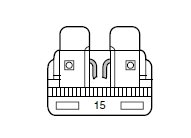
Note: Always replace a fuse with one that has the specified amperage rating. Using a fuse with a higher amperage rating can cause severe wire damage and could start a fire.
Standard fuse amperage rating and color
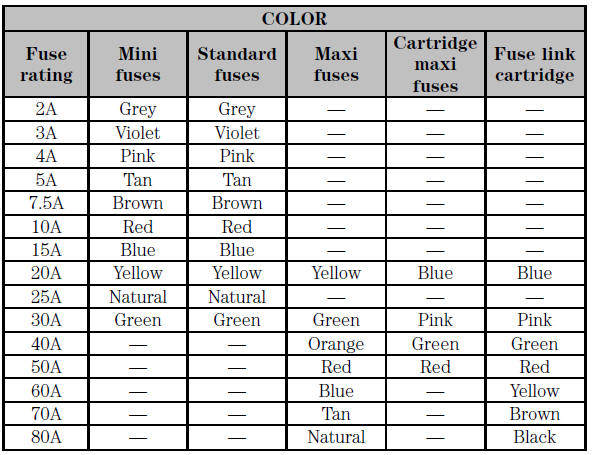
Passenger compartment fuse panel
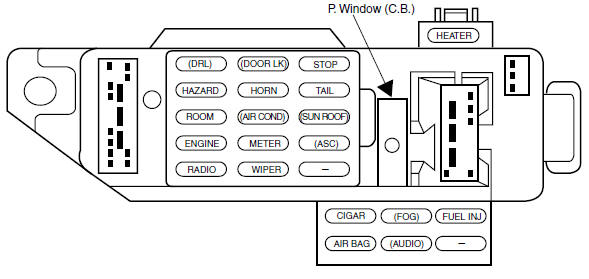
The fuses are coded as follows:
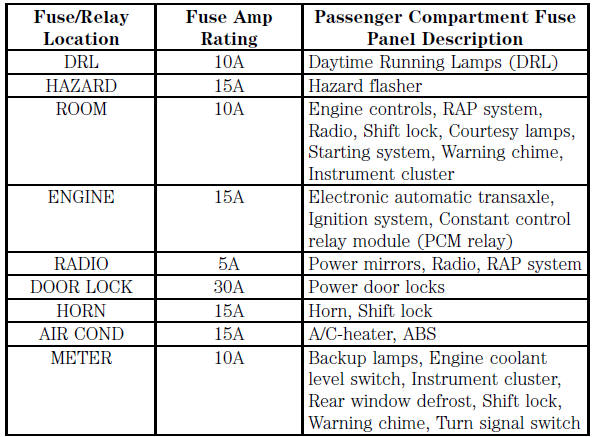
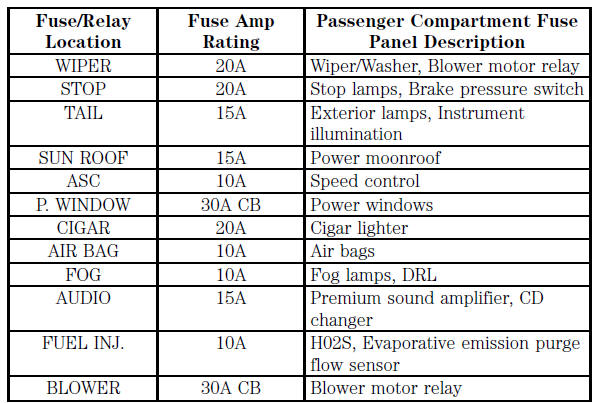
Power distribution box
The power distribution box is located in the engine compartment. The power distribution box contains high-current fuses that protect your vehicle's main electrical systems from overloads.
Always disconnect the battery before servicing high current fuses.
Always replace the cover to the power distribution box before reconnecting the battery or refilling fluid reservoirs
If the battery has been disconnected and reconnected, refer to the Battery section of the Maintenance and specifications chapter.
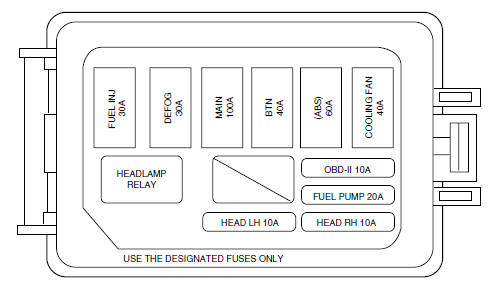
The high-current fuses are coded as follows.
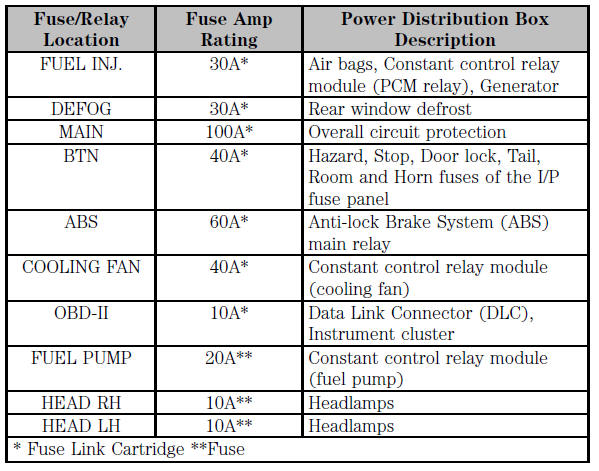
Relays
Relays are located in the power distribution box and should be replaced by qualified technicians.
See also:
Coil - testing, removal and refitting
Testing
All models except 1.6 and 1.8 litre
CVH (R6A type)
1 The coil is located on the left-hand side of
the engine compartment and is retained by a
metal strap (see illustration). It is of high ...
Disc pads - inspection and renewal
Caution: Refer to the
precautions in Section 1.
Front disc pads
1 The disc pad friction material can be
inspected for wear without removing the
roadwheels. Working beneath the vehicle,
insert a ...
Front suspension lower arm (forged type) - removal, overhaul
and refitting
1 The forged type suspension arm is fitted to
all models except pre-May 1983 1.1 litre
versions.
Removal
2 Jack up the front of the car and support it
on stands (see “Jacking and Vehicle Support” ...
